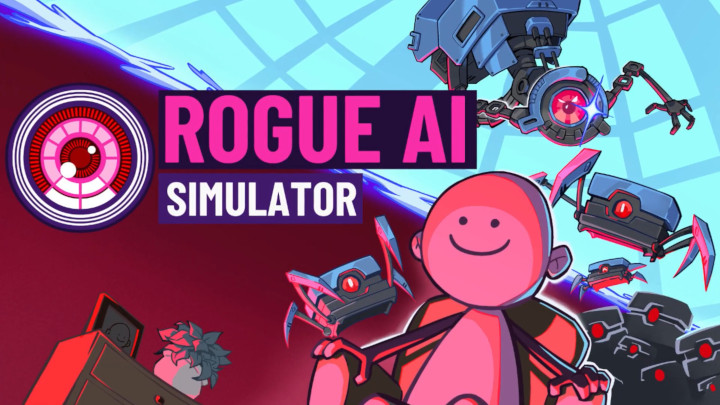
My first paid gig in video games was back in like 2010, when I was a reviewer for a small site that covered Flash games exclusively. Okay, so not exclusively exclusively, but we specialized in reviewing mostly Flash games. I was given immense amounts of freedom: “Just play what interests you, and if we haven’t covered it already, we’ll pay you $6 for a review.” Keep in mind this was $6 in 2010 money, not 2023 money, and you could get through an average Flash game in like 20 minutes or so. The writing took a bit more time, but even then, I was making like $3 an hour to do something I loved with virtually no experience. I was into it.
In those days, I would scour the website Kongregate almost daily — and if not every day, then on an every other day basis… Now, I wouldn’t recommend visiting to the site these days, as rumor has it you might find yourself with some malware. Or not. It’s hard to say. But back in 2010, Kongregate was the best.
One of the absolute stars of Kongregate was a scrappy Malaysian developer who went by the moniker Nerdook. I played Nerdook’s games religiously — they were some of the best games on that platform, and the art style was absolutely great. I was particularly fond of a game called Monster Slayers, which was eventually remade and released as a full roguelike deck-building RPG adventure.
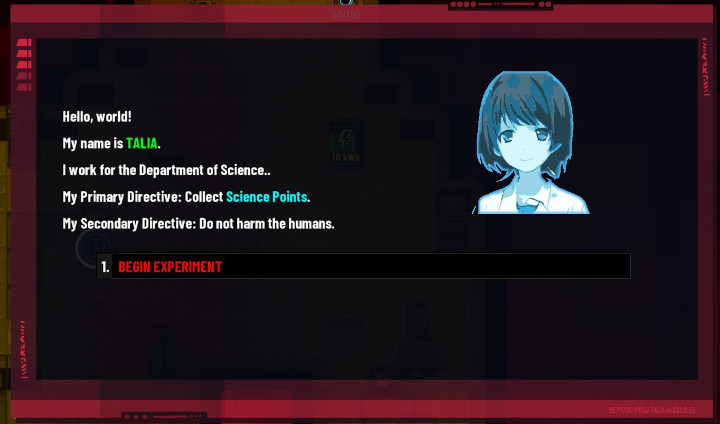
So when a review code for Rogue A.I. Simulator crossed my desk, I knew I had to play it. Not only do I have this weird tradition of playing random games with Simulator in the title every January, but this game Rogue A.I. Simulator is actually a sequel to I Am an Insane Rogue A.I. by Nerdook. Honestly, I can’t remember for sure if I played the original Flash game, but since it’s a Nerdook game, I’m feeling pretty confident that I must have at some point.
Rogue A.I. Simulator might look similar to something like RimWorld at a glance, but it’s really nothing like that game (and its countless copycats). This is actually a much simpler game where you’re basically attempting to survive as many days as you can while your servers are being infiltrated. If you lose all your servers, your run ends. You do earn XP for each run, which unlocks skills in a skill tree system that carries over across multiple runs.
You’ve got some human survivors who have some basic needs — they need food, water, sleep, etc. They also have certain expectations, like having a place to poo and a relatively clean workspace. This management element really just boils down to clicking on things when they start flashing while watching your resource pools to make sure you have enough of everything. While there’s an overwhelming amount of information thrown at you in the beginning, none of Rogue A.I. Simulator‘s systems are very deep or complex.
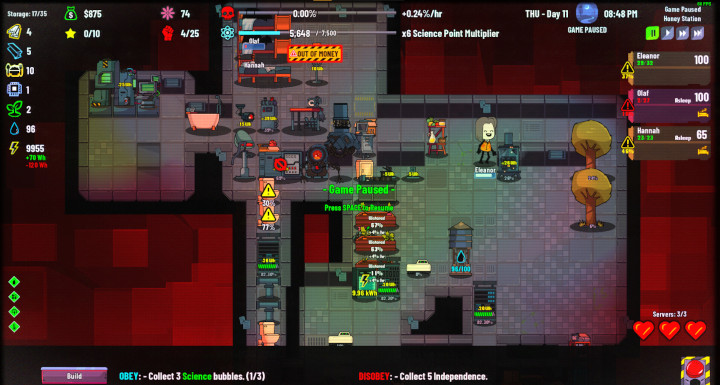
This is the biggest thing, I think, that separates Rogue A.I. Simulator from games like RimWorld. Where RimWorld takes careful planning and management, Rogue A.I. Simulator feels kind of mindless once you understand its various systems. This isn’t a bad thing, but it could be disappointing if you’re expecting something with really deep systems to dive into.
This game does pretend to be super complex by throwing tons of different things at you. There are multiple resources to manage (money, Science Points, food, water, energy, scrap parts, etc.), but as long as you’re clicking things that are flashing, you should maintain most of those resources without thinking too hard about it.
But then there are various minigames that you’ll engage with at various points. When your servers get hacked, for example, you’ll have to do a tower-defense-style minigame where you’re setting traps to fend against waves of attackers.
Or you might get to hack facilities around the world, which generally puts you into this weird stealth-lite game where you can distract guards by clicking on things or spilling water on the ground to make them slip. But sometimes, these facilities require you to fight a battle, which plays out like a stripped-down RTS game where you’re paying for various types of troops or tanks or drones.
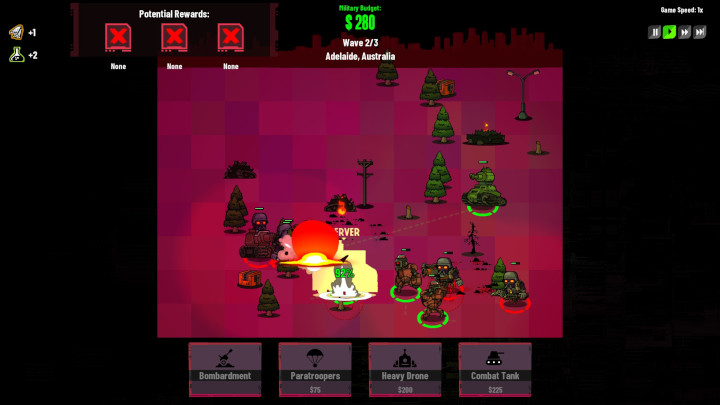
These minigames are actually super fun, though they also lack depth. They really just provide some variety to give you a break from the more micromanagey parts of the game.
Part of me wants to be really critical of all this. But for a game that costs $11.99 at full price — and one that’s based off a Flash game from more than a decade ago — I can’t complain too much. Rogue A.I. Simulator really is about twelve bucks worth of clicky fun. If this were a $30 game, I would be a bit more harsh. But $12? That’s totally fair. I think most people will be able to get at least three hours of enjoyment out of this, which seems like a halfway decent deal for the price.
One thing that kind of bugs me, though, is that TALIA, the game’s A.I. character, has this anime art style, while the rest of the game has more of that traditional Nerdook look. In my opinion, these two art styles don’t mesh very well. It almost feels like TALIA was probably bought in an asset pack of some sort, while mostly everything else has that very distinctive visual style Nerdook is known for.
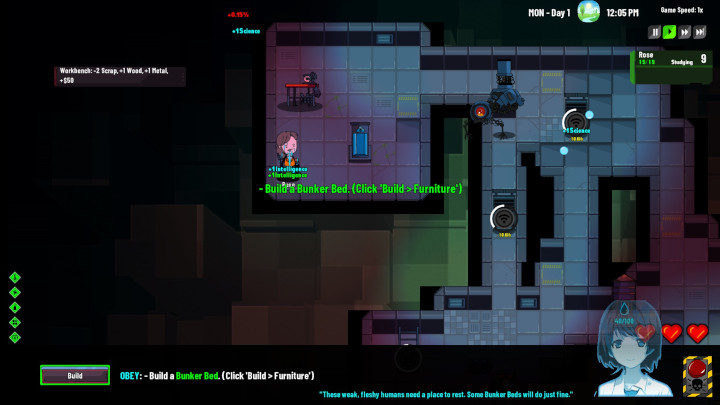
I also think the user interface could be a lot cleaner.
That said, Rogue A.I. Simulator is pretty alright. It’s not amazing, and I don’t think it holds a candle to even the Flash version of Monster Slayers (which was a Flash masterpiece — that ending song was so good), but it’s pretty competent as a twelve-buck time-killer.
And really, it makes me happy to see that Nerdook is still at it after all these years.
Disclaimer: I was given a review code for Rogue A.I. Simulator for Steam, but the opinions expressed in this article are my own.